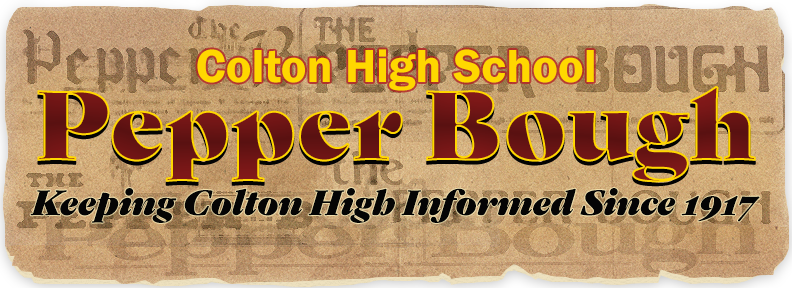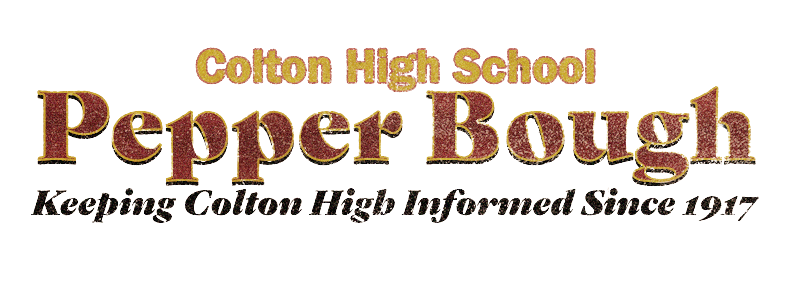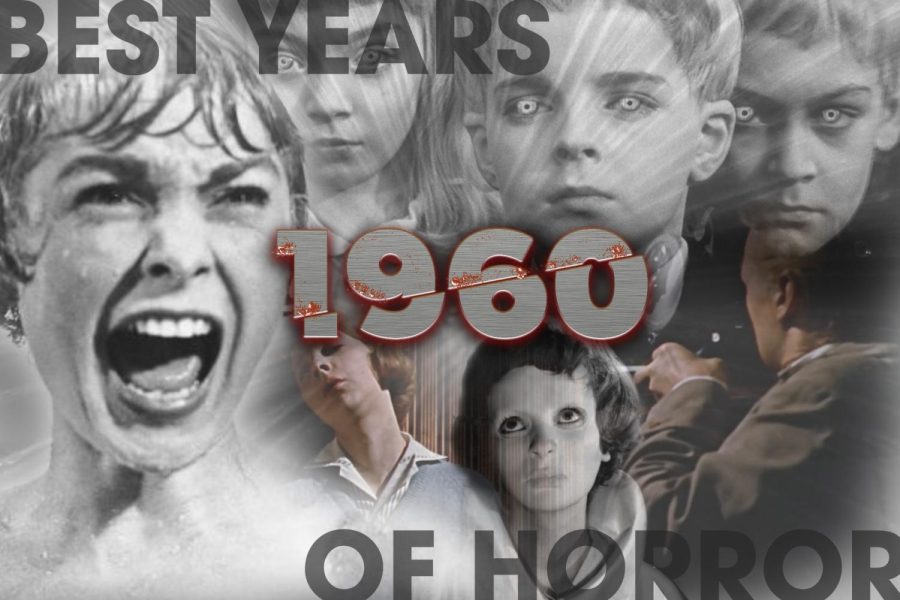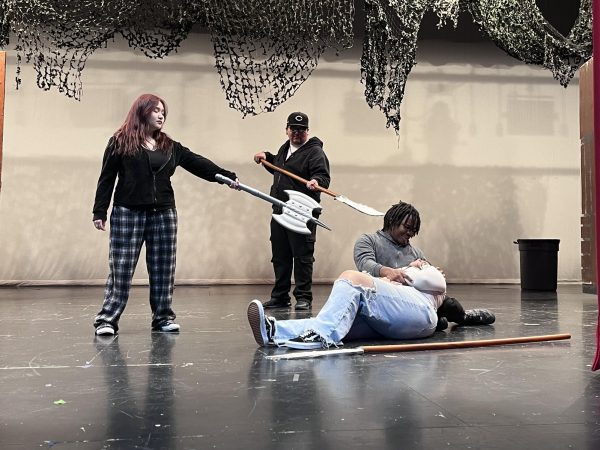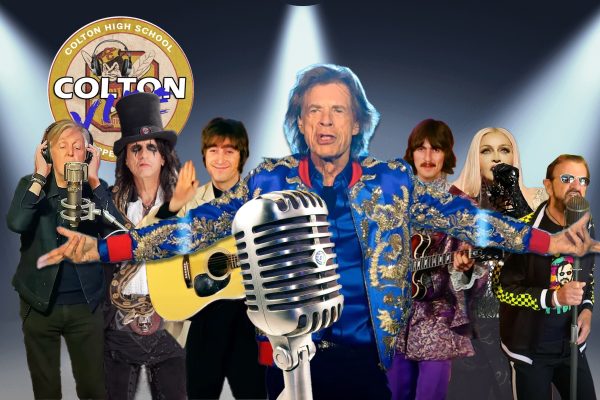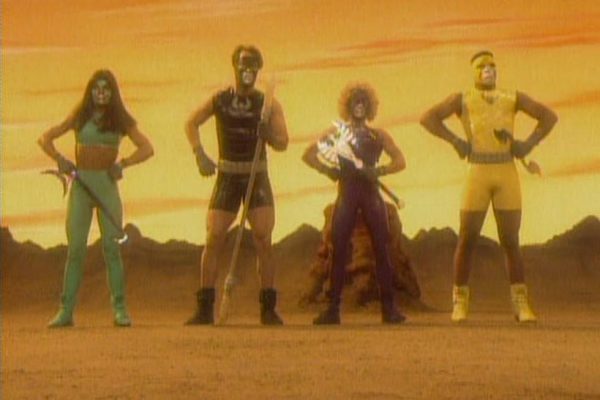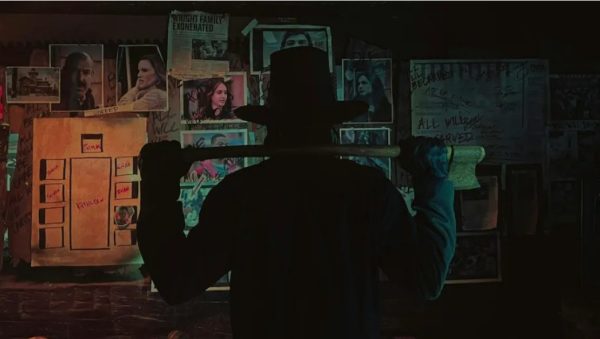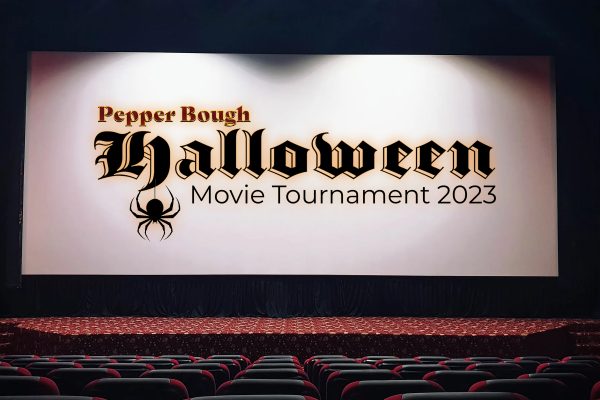The Best Years of Horror: 1960
Sure, you know “Psycho,” but here are a few others that changed the way horror movies were both perceived and made
1960 was a seminal year in horror filmmaking, including the release of bona fide classics like “Psycho,” “Peeping Tom,” “Eyes Without a Face,” and “Village of the Damned.”
The number of outstanding horror films in the 1940s and 1950s is large. Here are a few: Cat People, The Blob, The Thing From Another World, Invasion of the Body Snatchers, Godzilla.
Two decades defined by a world war and the detonation of an atomic bomb that virtually wiped two Japanese cities off the map still can’t compare with the cinematic detonation of one movie released in 1960.
“Psycho.”
Featuring a score every child seems to have genetically hard-wired into them to symbolize stabbing something, not to mention a perspective-shattering plot twist, a legendary performance, and perhaps the most memorable scene to ever terrorize a movie theater, Alfred Hitchcock’s “Psycho” changed movies forever.
We often talk about movies with hyperbole like this, but with “Psycho” the boast is true. Before “Psycho,” horror movies were gothic, supernatural, packed with a host of ghouls and monsters. After “Psycho,” those ideas somehow felt quaint. After all, here was Norman Bates, an ordinary looking man with a sweet disposition, but deep down inside there’s something wrong with him, something we can’t see. And if that’s true for Norman, who else is it true for? Our neighbors? Our friends? Ourselves?
Hitchcock may not have been the first filmmaker to turn the terror inside, but he certainly did it best, and “Psycho” launched a decade of horror movies that vacillated back and forth between modern updates of the tried-and-true gothic goofiness of Roger Corman’s movie mill, American International Pictures, and the more realistic, psychological chills that would dominate the back half of the decade and beyond.
“Psycho,” however, was far from the only landmark horror movie of 1960. The year was rounded out by several other films that are must-sees.
Peeping Tom (1960, dir. Michael Powell)
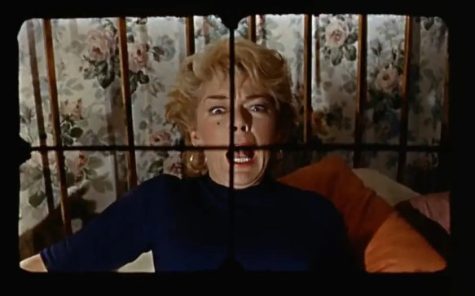
While the perversions on display in “Psycho” launched Alfred Hitchcock’s career into the stratosphere, the similarly perverse “Peeping Tom” nearly destroyed the career of its director, popular British filmmaker Michael Powell.
“Peeping Tom” is about a serial killer with a compulsion for filming the faces of the women he murders as he stabs them with a knife hidden in his camera’s tripod. It’s the ultimate act of voyeurism, and totally unsettling.
Audiences in 1960 did not respond to “Peeping Tom” in any way similar to how they responded to “Psycho.” While that film thrilled, “Peeping Tom” felt darker and more ambiguous. The viewer is put in the position of the killer, looking through the lens with him as he approaches his victims. In a way, director Powell is finger pointing at the audience, holding them accountable for the prevalence of violence on screen. No one likes eating popcorn with a healthy dosage of shame.
Upon the film’s premiere, critics and audiences shunned “Peeping Tom.” Critics and filmmakers refused to shake Powell’s hand after the opening night screening in London. Powell cited this early abhorrence to his film as the end of his directing career in the United Kingdom, a career which produced a number of bona fide cinematic classics, such as “The Life and Death of Colonel Blimp,” “Black Narcissus,” and “The Red Shoes.”
Ever since, “Peeping Tom” has become a bona fide classic in its own right, especially in horror fan circles. The film is now seen rightly for what it is: a frightening examination of the dark side of making movies.
Eyes Without a Face (1960, dir. Georges Franju)
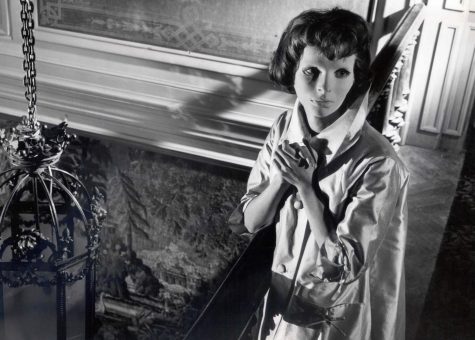
American filmmakers always seem to play things a little too safe when it comes to making horror films. This was especially true in 1960, when the U.S. was still producing goofy horror movies like William Castle’s novelty “13 Ghosts.” On the European continent, there was a willingness to take greater risks, and French director Georges Franju took a huge one with the uncomfortable “Eyes Without a Face.”
The plot is a grotesque play on the mad scientist genre, but far more personal. Dr. Génessier (Pierre Brasseur) is a world famous surgeon who finds himself luring and murdering young women to steal their faces in an effort to complete a perfect face transplant for his disfigured daughter, Louise (Alida Valli). The murderous doctor is responsible for his daughter’s condition, and due to his incredible hubris and shame, can’t stop himself from torturing not only his victims, but Louise as well.
What makes “Eyes Without a Face” so special is the ghost-like performance of Valli. She floats on screen in a disquieting white face mask that creates an unsettling negative space everytime she appears. But even as the frights are there, the film also carries with it a deep melancholy.
When this film was released, it also received a large number of critical pans. Historically, this is how it has almost always been for horror films, especially transgressive ones like “Eyes Without a Face.” But, like all the greats, years after release, it has been re-evaluated and found its audience and place in the canon, not to mention it has inspired a number of great filmmakers with their own films. John Carpenter credits “Eyes Without a Face” for the design of the Michael Myers mask. And rock singer Billy Idol even wrote a song inspired by the film.
Village of the Damned (1960, dir. Wolf Rilla)
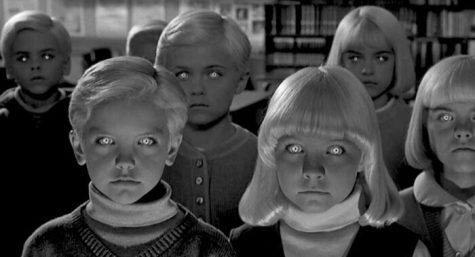
Among the scariest monsters in the movies are children. Children may be the scariest. “Village of the Damned” dares to ask, “What if an entire English village were taken over by evil telepathic children?”
After a strange occurrence causes the entire town of Midwich to pass out cold mid-day, strange things begin happening, most notably that all the child-bearing women inexplicably become pregnant with a bunch of fast-developing telepathic monsters. These tow headed children with glowing eyes quickly establish themselves as forces of nature. Some want to help them, some want to study them, but no one seems to know what they want, and when strange accidents begin to befall townsfolk . . . that’s when this movie goes from a slow burn to a dreadful masterclass of terror.
“Village of the Damned,” unlike either “Eyes Without a Face” or “Peeping Tom,” was well-received by critics, who fawned over its icy tone and creepy kiddies. Sometimes broken clocks can be right, they say, and they were definitely right about this one.
Recently, the CHS Publications Department experienced a major theft as over $20,000 in photography equipment was stolen from our studio over Spring Break. This included all cameras. Any amount you donate will help rebuild our program. Thank you!

Jeremiah Dollins is in his third year as adviser for the award-winning Pepper Bough, Colton High School’s official source of news and entertainment....


